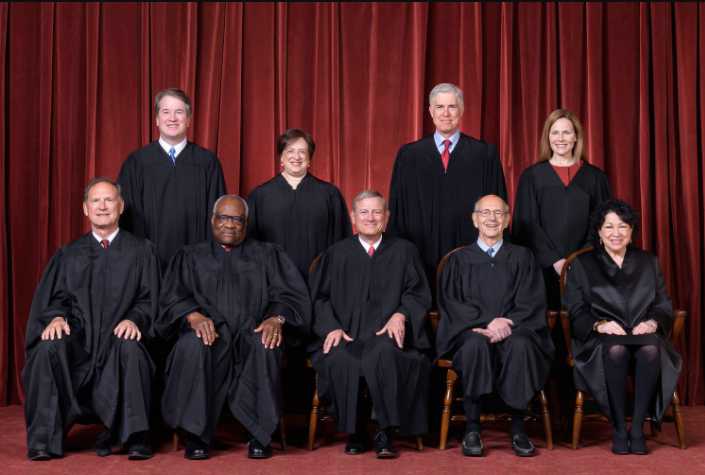
Alaska Supreme Court judges will ultimately decide by early September the initial fate of the Yes for Salmon initiative slated to go on the state’s general election ballot in November.
The five justices heard arguments in Anchorage, Alaska on April 26 from the Alaska Attorney General’s office and Stand for Salmon sponsors on whether the initiative to strengthen requirements for the permitting of renewable resource projects, including mines, is legally qualified to go to a vote. The court now has until September 5 to issue a ruling.
If the court rules in favor of the initiative, it goes to the ballot. The court could also find certain provisions in the ballot initiative unconstitutional and eliminate those provisions, still allowing the initiative to go to a vote.
Alaska Assistant Attorney General Joanne Grace, arguing for the state, told the court that “many large projects in Alaska, including natural resource development projects, cannot be built without permanently displacing some amount of anadromous habitat as it is very broadly defined in this bill.
“The second critical element is the plain language of the bill, which gives Fish and Game no discretion to grant a permit or an activity that will permanently displace the habitat for that category of activities,” Grace said.
Attorney Valerie Brown of Trustees of Alaska, representing Stand for Salmon, acknowledge that some permits would be denied if the initiative passed, but told the judges “that is not the test that this court applies. If the permitting scheme could lead to a denial after the exercise of legislative discretion, that’s permissible.”[xyz-ihs snippet=”Adsense-responsive”]“I think what the initiative does is it forces maybe re-siting or technology for projects that will cause adverse impacts,” she added.
During the court session, justices asked a number of questions about whether they could remove portions of the initiative, letting the rest of it stand on the ballot. But they noted that such action would only be allowed if it did not change the reason why thousands of signatures were collected to put the initiative on the ballot.
The initiative qualified to be put on the ballot in January after the Stand for Salmon sponsors submitted more than 43,000 signatures from all 40 legislative districts to the state’s Division of Elections.
The state had rejected the initiative language as unconstitutional in September 2017. Stand for Salmon appealed that decision to the Alaska Superior Court, winning a reversal and the state then appealed that decision to the Alaska Supreme Court.
Fishermen’s News Online grants permission to the Alaska Native News to post selected articles. Read More at: Fishermen’s News Online.








